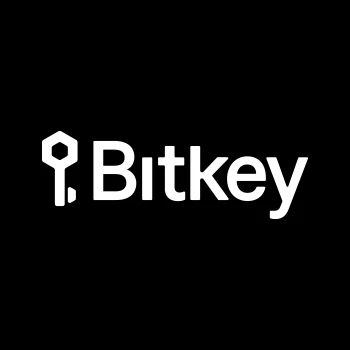Key Takeaways
- XRPL ecosystem posts strong growth in Q2 2025 despite validator decline.
- Launch of XRPL EVM sidechain opens doors to Ethereum developers.
- Real-world assets (RWA) and stablecoin settlements emerge as key adoption drivers.
The XRP Ledger (XRPL) ended the second quarter of 2025 with a mix of gains and challenges, Messari’s latest report shows.
The network crossed 1,000 active nodes for the first time and pushed deeper into real-world asset tokenization and stablecoin adoption—signs that XRPL is positioning itself for a bigger role in institutional markets, even as challenges around decentralization remain.
New Trending Crypto Wallet Offers
Sponsored
Disclosure
We sometimes use affiliate links in our content, when clicking on those we might receive a commission at no extra cost to you. By using this website you agree to our terms and conditions and privacy policy.

DISCLAIMER:
Don’t invest unless you’re prepared to lose all the money you invest. This is a high-risk investment and you should not expect to be protected if something goes wrong. Take 2 mins to learn more.

XRPL’s Network Growth and Technical Upgrades
By the end of Q2, XRPL recorded 1,008 nodes, up from 947 in the previous quarter.
While validator numbers slipped from 201 to 187, more than half the network upgraded to rippled v2.5.0, a June release that introduced critical features such as Token Escrows.
The ledger’s push toward smart contract functionality took a leap forward with the launch of its long-awaited EVM sidechain on June 30.
The sidechain gives XRPL developers full access to Ethereum (ETH) tooling while preserving the network’s efficiency and compliance-oriented design.
Messari’s data shows over 280,000 daily testnet transactions, along with participation from 87 new entities—many with no prior exposure to XRP.
Meanwhile, RippleNet’s global payments business continued to scale.
Cross-border volume hit $1.3 trillion, with $2.5 billion routed through XRP-powered on-demand liquidity (ODL).
Partnerships with Santander, Standard Chartered, and American Express helped shrink settlement times to as little as three seconds and slash transaction costs by as much as 70%.
RWA and Stablecoin Momentum on XRPL
If payments defined XRPL’s first decade, tokenization may define its next.
The network ended Q2 with an all-time high RWA market cap of $131.6 million , driven by products such as Ondo’s OUSG tokenized U.S. treasuries, Guggenheim’s digital commercial paper, and tokenized real estate initiatives.
Stablecoins are also taking root.
Ripple’s USD-backed RLUSD, launched in late 2024, surged 49.4% quarter-over-quarter to a market cap of $65.9 million, becoming XRPL’s largest stablecoin.
The ledger also welcomed StraitsX’s XSGD in May and USDC in June, expanding its footprint in the fast-growing settlement layer for tokenized finance.
Building an Interoperable Future
The quarter also marked the completion of the long-anticipated Axelar bridge integration, linking XRPL to more than 60 other networks, including Ethereum and Cosmos.
The bridge significantly expands liquidity options for XRPL’s automated market maker (AMM) and strengthens its positioning as a hub for tokenized assets.
Was this Article helpful?
#XRP #Ledger #XRPL #Report #Shows #Institutional #Drive #Market #Metrics #Soar